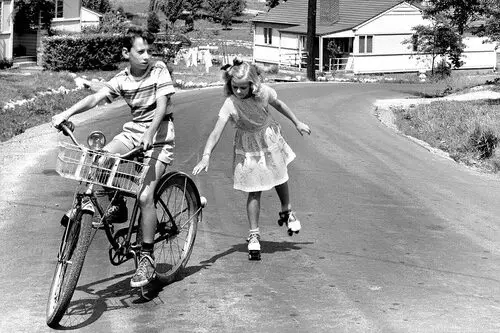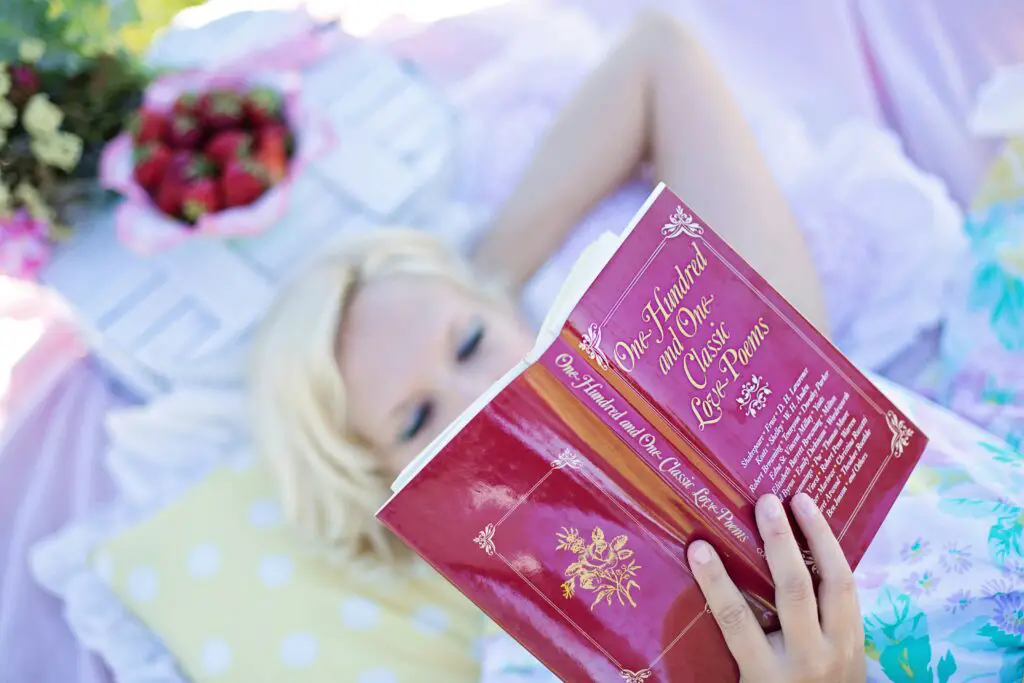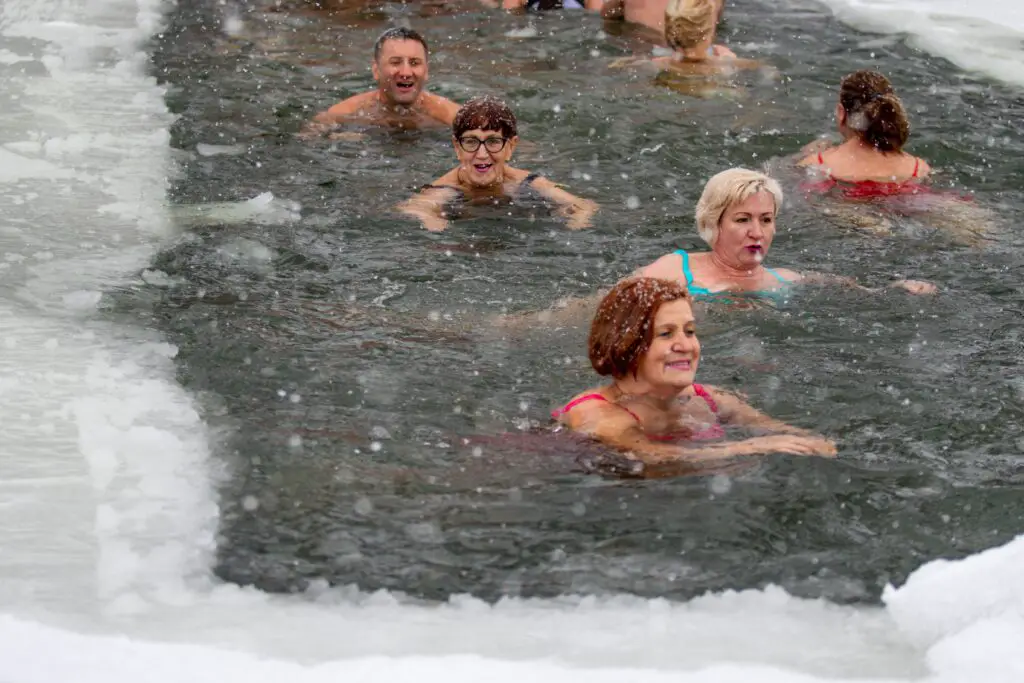1. Riding a Bicycle

When the bicycle first gained popularity in the late 1800s, women hopping on one was practically a scandal. Doctors warned it could damage their reproductive organs, cause “bicycle face” (a look of permanent strain), or encourage improper independence. Never mind that it was just a new way to get around, women were told to stay dainty and still, not go pedaling down the street with wind in their hair.
But despite the criticism, many women embraced cycling as a way to break free—both literally and figuratively. It gave them freedom of movement and a taste of independence. Suffragists even considered the bicycle a symbol of female empowerment. In time, fears faded, and now it’s just another weekend activity. It’s hard to believe something so normal was once treated like a radical act. All for wanting to ride a bike.
2. Reading Novels

In the 18th and 19th centuries, reading novels for pleasure was considered risky business for women. Critics worried that too much fiction would stir up dangerous emotions, corrupt morals, or encourage unrealistic expectations about love. It was even suggested that reading too much could lead to hysteria or cause women to neglect their domestic duties.
Despite all that, women kept reading—and thank goodness they did. Books became a safe space to dream, to imagine, and to connect with the world beyond their doorstep. Jane Austen and the Brontë sisters weren’t just authors, they were quiet revolutionaries. The idea that women shouldn’t read for fun seems almost laughable now. But for a long time, it was taken very seriously.
3. Playing the Piano

It might sound odd, but in certain circles, a woman spending too much time at the piano was frowned upon. Playing music was acceptable in moderation, especially if it entertained guests. But if a woman pursued it too seriously—say, practiced daily or aimed for public performance—she risked being labeled as unladylike or obsessive.
Music was meant to be a parlor pastime, not a calling. Some even claimed it could make women too emotional or distract them from marriage prospects. Still, many young girls begged for lessons, and the piano became a staple in middle-class homes. It was one of the first cracks in the wall separating “acceptable” hobbies from genuine passions. And over time, it opened the door to women becoming professional musicians.
4. Gardening

You’d think something as peaceful as planting flowers would be considered harmless, but gardening wasn’t always a welcomed hobby for women. In the Victorian era, physical exertion and exposure to sun and dirt were deemed too rough or unrefined. A woman working with soil could be seen as unfeminine or even rebellious, especially if she wasn’t just arranging blooms but actually digging and planting.
Even worse, if she grew herbs or vegetables, she might be viewed as meddling in domestic science—or worse, medicine. But many women persisted, finding joy and purpose in tending their own plots. Over time, gardening became a symbol of nurture and self-reliance. Today it’s celebrated as both therapeutic and productive, far from the scandal it once caused.
5. Writing in a Journal

Keeping a diary was often dismissed as silly or self-indulgent, especially for women. While young girls might be encouraged to jot down simple thoughts, deeper reflection or passionate entries could draw concern. Some believed it could stir vanity, overexpose private thoughts, or even lead women to question their roles.
Yet journaling gave women a voice, especially in times when they had few outlets. It became a private space to vent, dream, and express themselves without judgment. Many famous diaries from women have become historical treasures, shedding light on lives that were otherwise invisible. What was once brushed off as frivolous is now recognized as valuable documentation of personal and cultural history.
6. Swimming

Swimming, especially in public, was once a controversial activity for women. Concerns ranged from the “immodesty” of bathing suits to the idea that physical exertion could be harmful or inappropriate. In the early 20th century, women had to wear heavy wool bathing costumes that covered them nearly head to toe, just to make the act of swimming “respectable.”
But the water kept calling. Women gradually claimed their space at the beach and in pools, challenging the rules one stroke at a time. Athletes like Gertrude Ederle, who swam the English Channel in 1926, helped prove women’s strength and skill in the water. Today, it’s hard to imagine a world where swimming was off-limits. Yet not that long ago, it took courage just to dive in.
